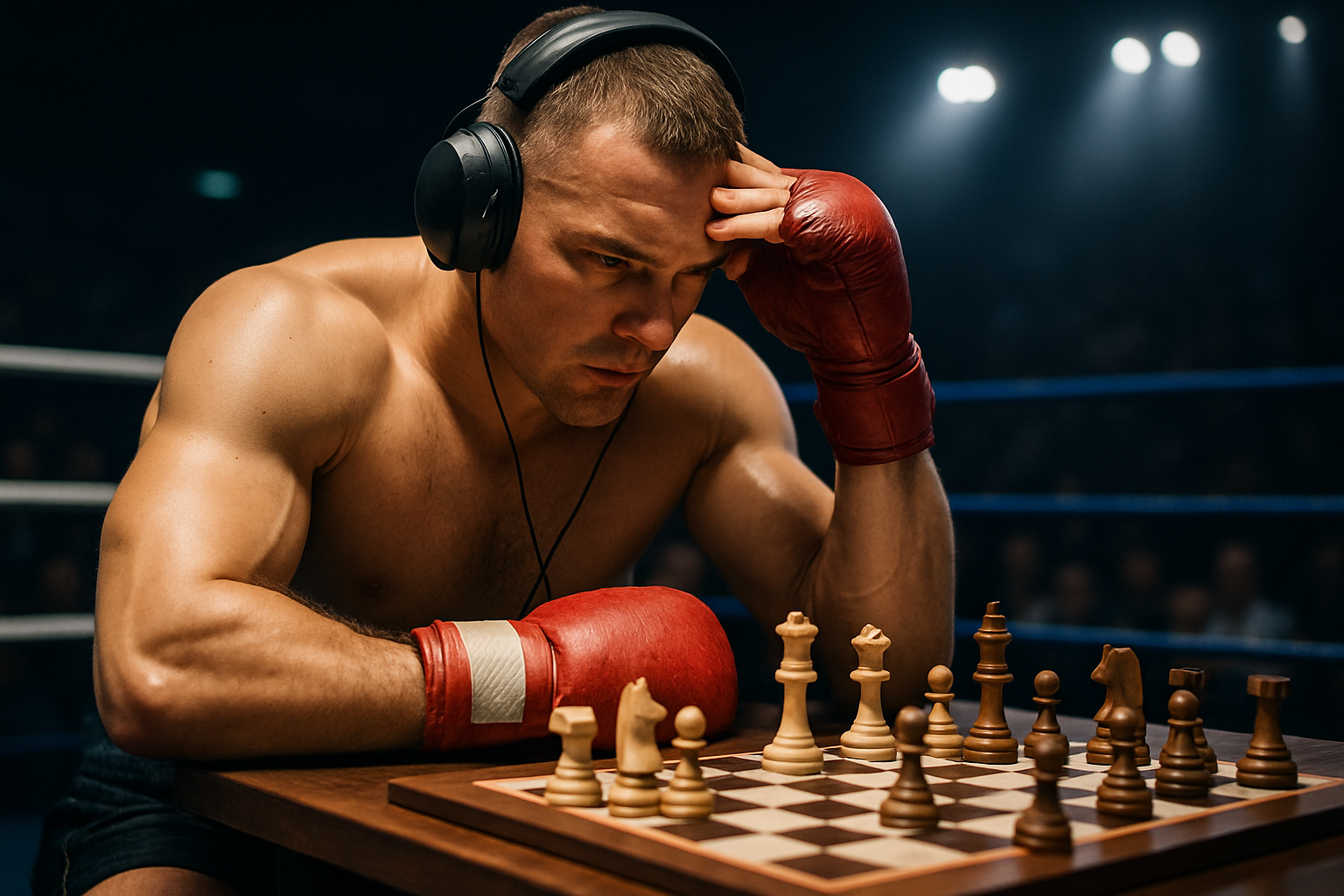Unraveling the Intricacies of Chess Boxing: A Fusion of Brains and Brawn
In 2003, in an obscure art gallery in Amsterdam, a new sport was born that would challenge the age-old dichotomy between intellect and physical prowess: chess boxing. This hybrid game, which alternates between rounds of chess and boxing, was the brainchild of Iepe Rubingh, a Dutch artist and performance artist who was inspired by a French comic strip. Rubingh's idea was a simple yet revolutionary one: to create a sport that would test both the mental and physical capabilities of its competitors.

From Obscurity to Global Phenomenon
Initially viewed as a novelty, chess boxing has grown in popularity over the years, with national and international tournaments held in various countries around the world. The sport’s unique combination of cerebral and physical challenges has attracted a diverse range of participants, from chess grandmasters to professional boxers. Despite its unconventional nature, chess boxing has been lauded for its ability to foster a unique blend of strategic thinking and physical resilience.
The Mechanics of Chess Boxing
A typical chess boxing match consists of 11 alternating rounds of chess and boxing, starting with a four-minute round of chess, followed by a three-minute round of boxing. The competitors wear headphones during the chess rounds to avoid distractions. The match can be won by either checkmate, knockout, or if the opponent exceeds the time limit in the chess rounds.
Benefits and Challenges
The most obvious benefit of chess boxing is that it promotes both mental and physical fitness. Competitors must maintain a high level of physical endurance to withstand the boxing rounds, while also keeping their minds sharp for the chess rounds. However, the sport also poses unique challenges. The shift between intense physical exertion and highly focused mental activity can be disorienting, and competitors must be able to quickly transition between the two.
Chess Boxing in the Real World
Although still a niche sport, chess boxing’s popularity is growing. It has been featured in various media outlets and has even been incorporated into school curriculums in India to help students develop physical strength and mental agility. While chess boxing may not have the mainstream appeal of more traditional sports, its unique combination of brains and brawn makes it a fascinating spectacle and a testament to the versatility of human potential.
In conclusion, chess boxing represents an exciting fusion of intellectual and physical prowess. It challenges traditional notions about sports and athleticism, demonstrating that the mind and body are not mutually exclusive, but rather integral components of a harmonious whole. This intriguing sport continues to evolve, promising to keep its audience captivated with its unique blend of strategy and strength.





